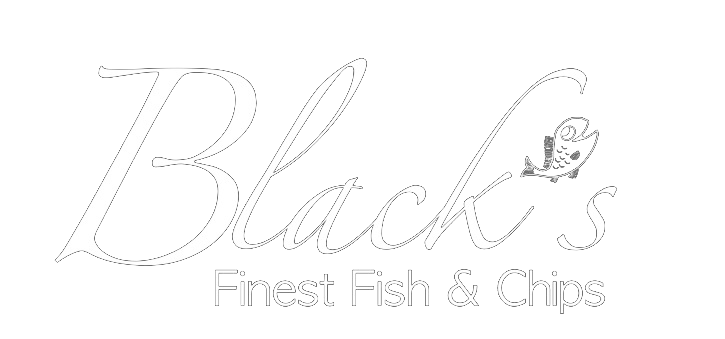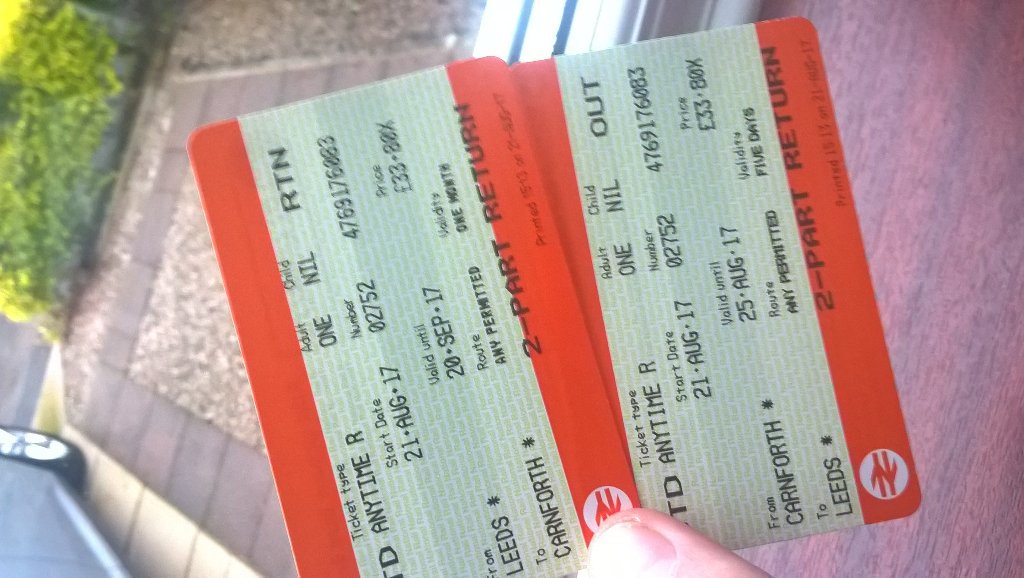A local fish frier has become a judge for the Fish & Chip industry’s most prestigious awards ceremony. Matthew Black of Black’s Finest Fish & Chip’s which is located on the High Road in Halton, travelled to the head quarters of the National Federation of Fish Friers in Leeds last week to deliberate on entries from across the country.
Speaking about the awards Matthew said, “The National Fish and Chip Awards are very much the Oscars of the Fish & Chip world. Just like the Oscars there are different categories, and I was invited to help scrutinise Chippies who embody and promote high standards of quality in our industry in the Quality Award Champions Award category.” Black’s Chippy were the reigning champions for this award, having beaten out the competition to be declared the national winners at a glitzy ceremony in London last year. The awards are sponsored by Seafish, and Seafish Chief Executive Marcus Coleman remarked that, "As well as delivering a superior product and service, Black's have demonstrated excellence in all aspects of running their business, and have set a fantastic standard for other 'Quality Award' holders, and the wider Fish & Chip industry to aspire."
Black’s is no stranger to national recognition, having previously placed highly at the awards, coming in above all of the other entrants from England in 2017. Assistant fryer Brett Coulton who has worked at the shop since it opened, ranked among the top 10 Young Fish Friers in the whole country in 2018. “It was a difficult competition to judge, the standards were very high.” said Matthew. “It’s also a very challenging category, where in addition to running an outstanding chippy, entrants need to demonstrate a real commitment to raising quality and standards across the entire industry.” The winners of the National Fish & Chip Awards 2020 were announced in January.






































